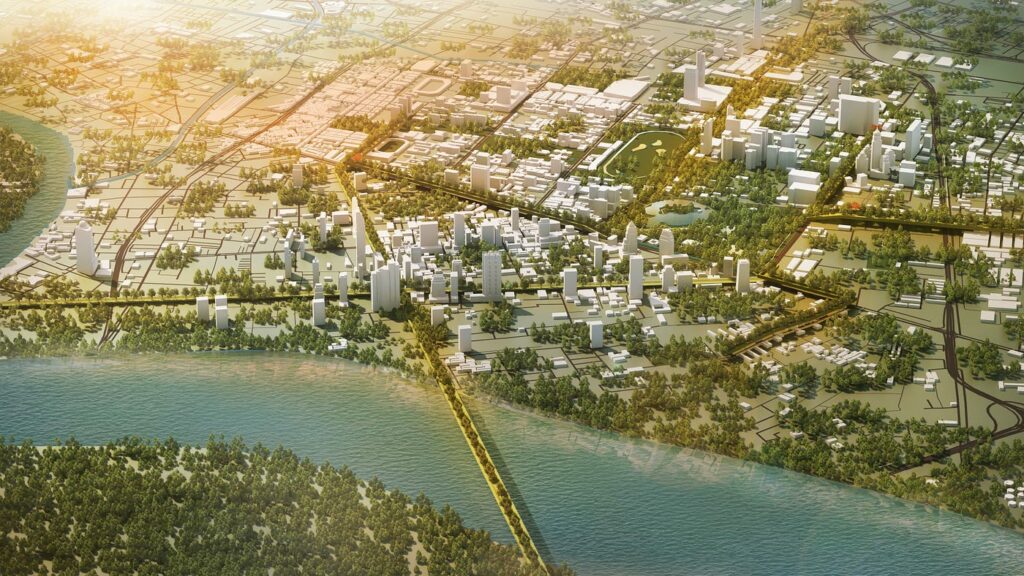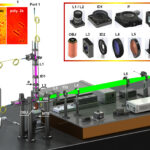Cities are growing bigger and more crowded every day. This growth brings challenges for people living in urban areas. Many city dwellers face small apartments, a lack of green spaces, and high energy costs. New ideas are making urban homes more comfortable, efficient, and enjoyable.
Multifunctional furniture
One of the biggest challenges in city living is limited space. Many urban apartments are small, making it hard to fit all the furniture you need. This is where multifunctional furniture comes in. It’s also about creating homes that adapt to our changing needs throughout the day. Your living room can become a yoga studio in the morning, a workspace in the afternoon, and a dining room at night. This flexibility is key for modern urban living.
Vertical gardens
Green spaces are important for our health and happiness. But in cities, finding room for plants and trees can be tough. That’s where vertical gardens come in. These are gardens that grow up walls instead of across the ground. They can be inside or outside buildings.
Vertical gardens bring nature into the city in a space-saving way. They can cover the sides of buildings, creating a green view for everyone. Inside homes, they can act as living walls, cleaning the air and adding beauty. Some vertical gardens even allow people to grow their food right in their apartments.
Smart home technology
Technology is changing how we live in big ways. In urban homes, smart technology is making life easier and more efficient. Various aspects of living are automated and controlled by smart homes using connected devices. In small apartments, every bit of energy efficiency helps. Smart appliances can run when electricity is cheapest, saving you money.
Modular design
Urban living often means adapting to changing needs in a fixed space. Modular design offers a solution to this challenge. There are many ways to arrange modular furniture and homes. This allows you to change your living space as your needs change. Modular design is great for growing families or people who work from home.
Your space can evolve with you without the need to move to a bigger place. It’s also helpful for landlords and developers. They can easily update apartments between tenants, making spaces more versatile.
Biophilic design
Biophilic design is all about connecting people with nature, even in urban settings. This approach uses natural materials, plants, and nature-inspired patterns in buildings. In city homes, biophilic design might include large windows that let in lots of natural light. It could mean using wood and stone in furniture and walls. Water features, like small fountains, can bring the soothing sounds of nature indoors. Even nature-themed artwork can help create a more relaxing environment.
Conclusion
Innovative design is changing urban living in exciting ways. From furniture that serves multiple purposes to gardens that grow on walls, new ideas are making city homes more livable. Smart technology is making our spaces more efficient and comfortable.
Modular designs allow our homes to change as we do. And biophilic approaches are bringing the benefits of nature into the heart of the city. These design innovations are more than just trends. They’re responses to real challenges of urban living. You can check this out to explore further ideas and see how these concepts are being applied in real urban settings.










